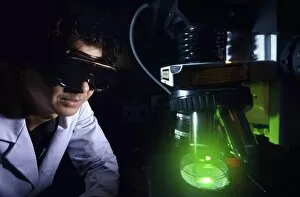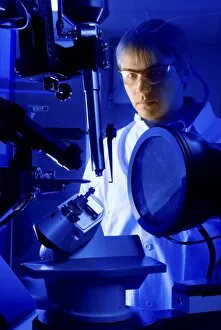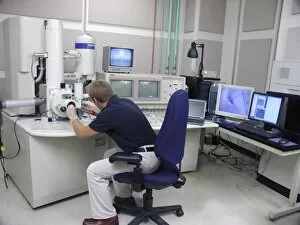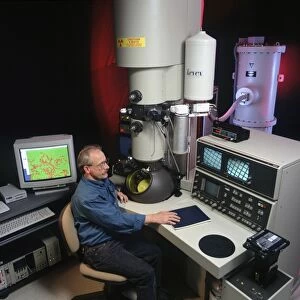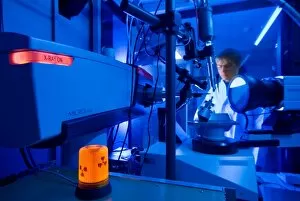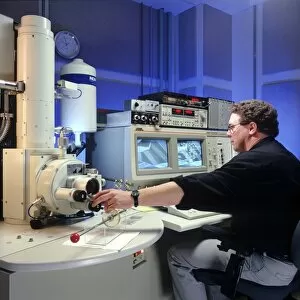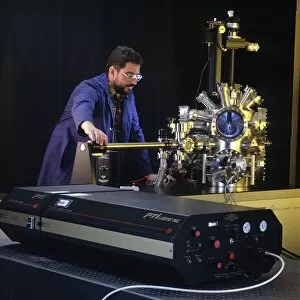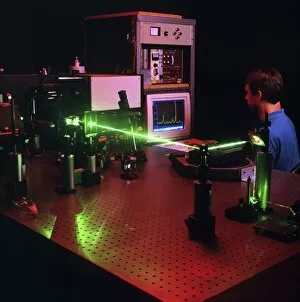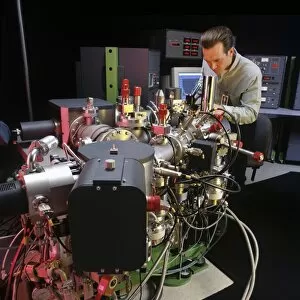Environmental Scientist Collection
Environmental scientists play a crucial role in studying and protecting our planet's ecosystems
For sale as Licensed Images
Choose your image, Select your licence and Download the media
Environmental scientists play a crucial role in studying and protecting our planet's ecosystems. They work tirelessly to understand the impact of human activities on the environment and develop solutions to address pressing environmental issues such as climate change, pollution, and habitat destruction. Through their research and advocacy, environmental scientists strive to create a more sustainable future for all living beings on Earth. Their dedication and expertise are essential in preserving our natural world for generations to come. Thank you, environmental scientists, for your unwavering commitment to safeguarding our planet's precious resources.


